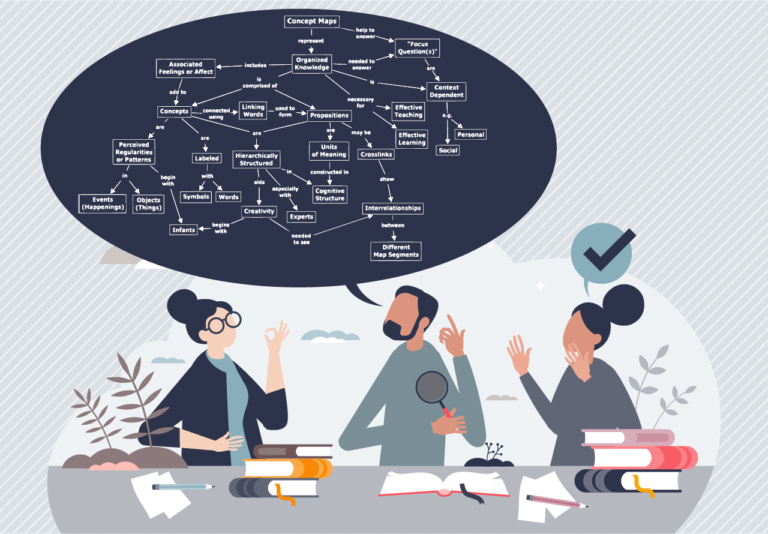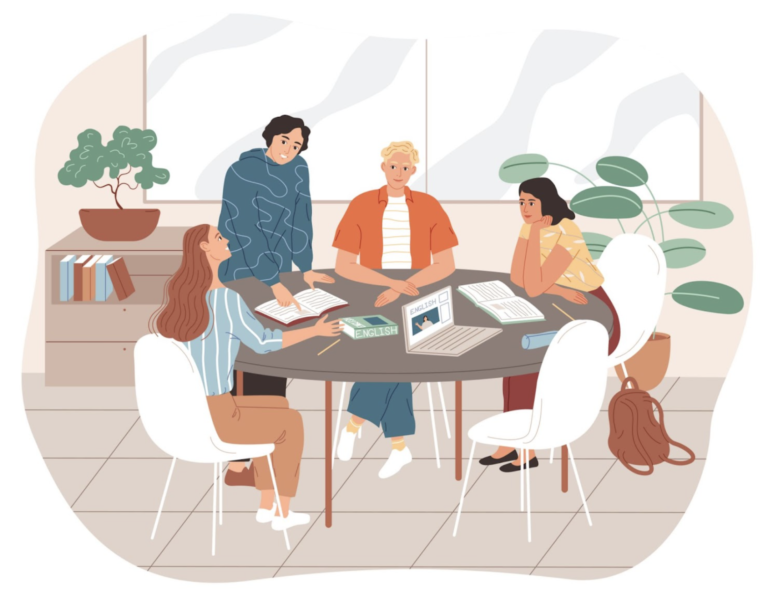Choosing the best technology
How do you know what to use?
With so many new software and hardware options being released every day, how do you know where to start when either integrating modern tools into your course activities or moving your course or materials online?
This process can seem overwhelming but it doesn’t need to be. Choosing specific technologies is often one of the final considerations in the design process when you work with an instructional designer at UAF eLearning.
ASSESSMENT & TECHNOLOGY
Performance assessment activities are highly varied and provide the evidence of understanding for the lesson. Once you have figured out what that evidence should be and have chosen the methodology (i.e., quiz, paper, presentation, etc.), the technology to support it can then be chosen.
Find a potential technology matrix at: http://elearning.uaf.edu/go/tt-best-tech
THINGS TO CONSIDER
There is a lot of functional overlap between technologies and there are no steadfast rules. Part of an instructional designer’s job is to help you find the best fit but it is also helpful if you spend some time familiarizing yourself with the technologies that are currently available. Here are some things to think about along the way.
How will it support the assessment process? Does the technology do what you need it to do?
Is it readily available for students? Will students have to purchase the technology, or is it free through the university or open web?
Will it always be employable? No technology will stay the same or be around forever. When you use any technology in class, you must be willing to adapt.
Will it be built in public? Is there a reason to contain materials and contributions behind closed doors?
Ready to learn how to use it? You should also be comfortable with the technology you ask students to use.
4 STEPS
- Narrow the delivery – think about the activity, what will students actually be doing? (e.g., reflective writing, research, presenting to other students, class discussion)
- Consolidate where possible. In the example above, everything could be done on a blog.
- Decide on the platform and start customizing to specific needs. For example, a blog could be hosted on WordPress, which is freely available via UAF eLearning.
- Build the student experience. This usually requires the instructor to learn how to use a technology. Your instructional designer can help you through the process and help with thinking though any potential pitfalls.




